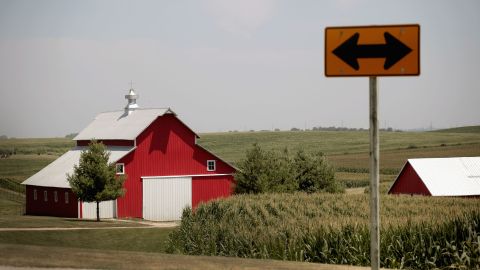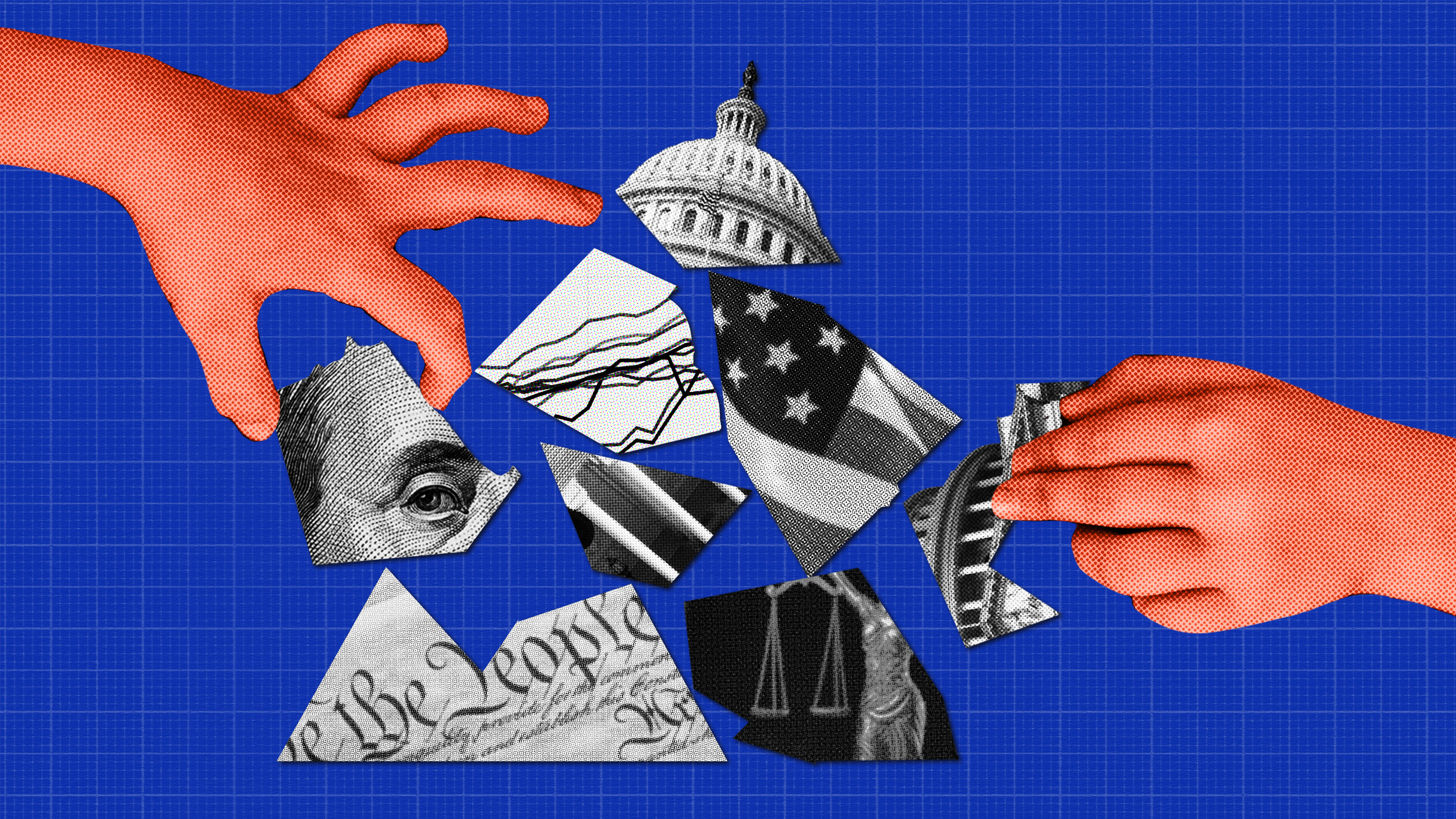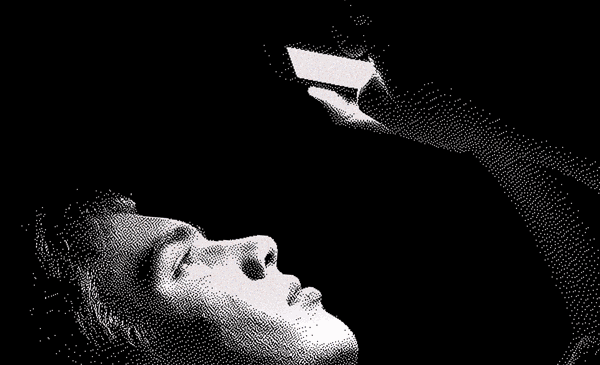Moral communities in an immoral culture: Why rural America feels left behind.

You don’t have to be too attentive to the news to know that there is a divide between urban and rural Americans. This division is nothing new, but the severity of it is increasingly notable. We watch different TV shows, go to different churches, and vote differently. While regional differences often have more impact on American life than the local population density, the rural population and the urban population seem to be particularly at odds lately.
People have been trying to understand the sources of these issues for years, and proposals from the reductive to the overly complicated have been put forth for decades. Now, a new way of looking at small communities might enlighten those of us who live in urban areas.
Those left behind
Robert Wuthnow, a professor at Princeton who used to live in rural Kansas, has traveled across the nation interviewing people who live in rural areas for his book The Left Behind: Decline and Rage in Rural America. His big idea is that we should view small towns, hamlets, villages, and crossroads as “moral communities.” These communities:
“… carry meanings about the quality of life that (the members) feel is right. The moral community influences their attitudes and how they think about the self-interest of their families. But the influence of the moral community runs deeper than that. It represents their way of life.”
By viewing rural America as a diverse collection of such communities, he posits, we’ll be better able to understand how people who live there think. What does this mean in practice? How does a “moral community” differ from, say, Chicago?
What is a moral community?
A moral community is not necessarily homogenous, but people in such communities will have much in common. They will nearly all adhere to certain unspoken patterns of conduct and norms, share a certain community spirit, and assume that most of the people they live with share specific values. A person’s identity can also be dramatically shaped by their moral community.
Thus, the statement “I’m from Decorah” has more meaning to it than “I’m from Chicago.” Knowing that a person has membership in the larger community doesn’t tell you nearly so much about them as knowing they’re from a smaller one does.
This also implies that threats to the community’s composition or moral fabric are more than just unwelcome changes, they are threats to a person’s identity. Dr. Wuthnow notes:
“… these are threats—some more serious than others—to the community’s moral fabric. The moral fabric is the shared notion that what the community represents is right. Things do not have to go well all the time for the community to be deeply ingrained in its members’ sense of who they are. They do not think of themselves only as individuals and individual families but for better or worse as part of the collectivity in which they live. It is their common location, their shared norms of how to behave and who to respect, and their sense of obligation. Being part of a moral community, even when it sits lightly on people’s shoulders, means that sensing your community is declining and your young people are falling behind in a reflection in small measure on you.”
Perhaps it is easier to understand then why a person would take such pride in a one-horse town without stoplights; it isn’t just a place to live, it’s part of how they define themselves. You can also understand why such a person would freak out at proposals that would drastically change the nature of the place they live.
What is the rage that Dr. Wuthnow alludes to?
Many rural communities are in decline. Over the last century, urbanization has severely reduced the percentage of Americans living in rural areas and lessened their political, economic, and cultural influence. Since 1980, 80 percent of towns where the primary economic activity is farming have seen their population fall. Rural flight has not spared places with other economic activities either.
A great deal of this is due to things like the Mathew effect, the events of the 20th century, the changing nature of the modern economy, and other significant events and tendencies that can’t be blamed on anybody. That can be difficult to understand when it’s happening to your town though.
In the interviews Dr. Wuthnow shows us, these downturns are often seen as part of either malicious cultural trends crafted elsewhere or bumbling Washington bureaucrats. Beyond economics and demographics, many people see a moral decline occurring in America; one that slowly creeps into their communities bringing crime, degradation, and decay.
The people Dr. Wuthnow interviews give a variety of examples. The increasing amount of sex in the media is blamed for a teen birth rate higher than that of urban areas. A high rate of opioid use signifies a lack of faith in the future of the communities people live in. Individual moral failings are blamed on outsiders imposing a separation of church and state or the failure of local parents to instill moral values at home.
As outside influences are often suspected as the cause of these problems, solutions offered by outsiders or the federal government are viewed with suspicion. While people don’t claim their communities are blameless, the book makes it seem like a great many of the interviewees blame the rest of the world for many of their problems.
When that world seems to be mocking you, taking your money, corrupting your morals, and leaving you behind culturally while ignoring small town values like thrift, self-reliance, and common sense it would be understandable to get very mad about things. Combine these with tangible economic and social changes that make your way of life less viable, and rage makes a lot of sense.
But why, then, do people in rural America vote against their own interests?
Rural America: Voting against its own future
One thing the book tries to do with this explanation is to determine why rural Americans vote the way they do, often seemingly against their own economic interests. As several sources and studies indicate, the recent political choices of rural America might end up being a shotgun blast to their own feet. Dr. Wuthnow, however, suggests that this is only true if you look at it economically.
A “moral community” can still vote in its own interest by voting on social issues alone, he argues. This means that the interests of the community are seen as promoted by supporting candidates who share their stances on abortion, gay rights, the separation of church and state, and other hot-button social issues even if that leads to an economic decline.
The moral rage described above translates to votes to shake up a system that has seemingly failed them, even if it costs them later. As interviews by other sources show us, people in both urban and rural areas are often willing to bear a high cost for what appears to be a moral gain.

President Trump signs a bill to encourage broadband internet access in rural areas. While cities loathed him in 2016, rural America turned out in droves to vote for him. (JIM WATSON/AFP/Getty Images)
Is that all of it then? Just a different way of looking at the place you live in drives all of this difference?
Of course not, but a social theory doesn’t have to be all inclusive to be useful. At some points in the book, the demographic, religious, and ideological differences between rural and urban America are made clear, which is also a factor in any analysis.
Furthermore, Wuthnow’s theory cannot, for example, explain why television shows with zombies are more popular in rural areas than urban ones. This issue goes beyond how we view our communities.
Similarly, there are many points in the book where interviewees express worldviews based on bizarre ideas of what is real and unreal, a point which Dr. Wuthnow concedes in an interview with Vox. This doesn’t necessarily mean that ignorance is the end-all answer though. Wuthnow suggests it says that people will accept false information that furthers their narrative about how the rest of the world works.
A divide between rural and urban dwellers is as old as civilization itself. This division has shaped American history before and may have played a decisive role in the 2016 election. Even if we cannot bridge the divide overnight, a better understanding of why people feel threatened can help us mend the gaps.





